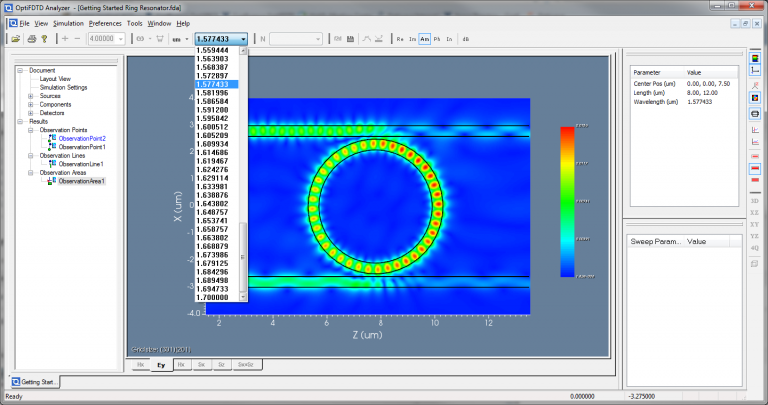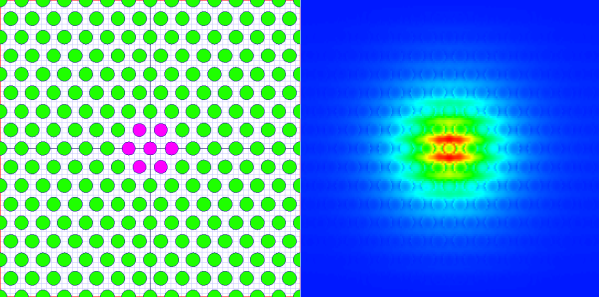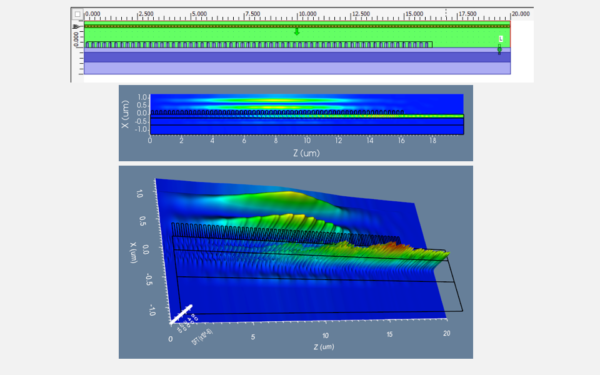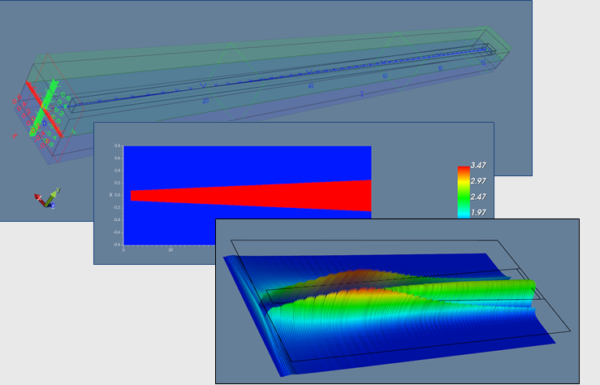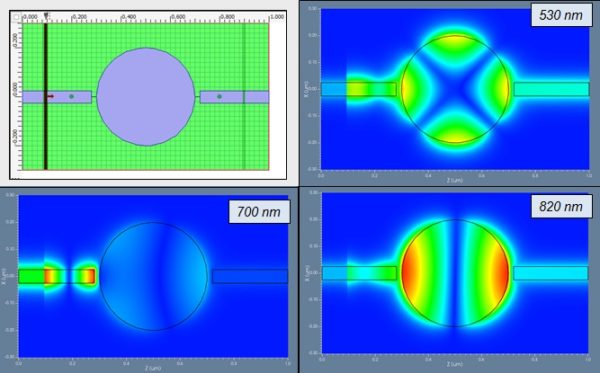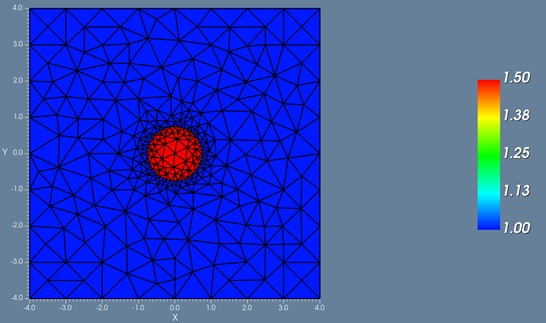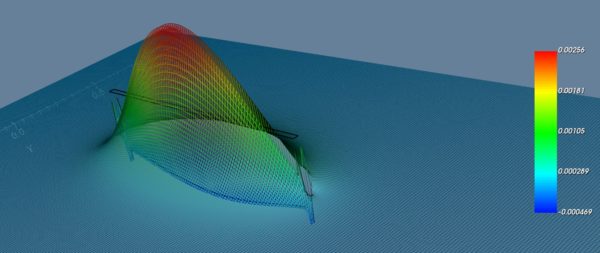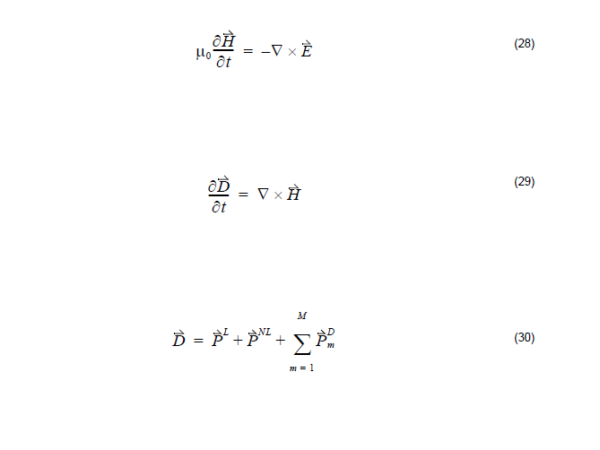OptiFDTD software enables you to design, analyze, and test modern passive and nonlinear photonic components for wave propagation, scattering, reflection, diffraction, polarization, and nonlinear phenomena.
It’s specifically designed for the comprehensive simulation and analysis of photonic devices. The product allows engineers and researchers to model complex interactions of light with photonic structures. Its capabilities extend to exploring both linear and nonlinear optical phenomena, making it an indispensable resource for developing advanced optical components and systems.
This versatility underscores Optiwave’s commitment to advancing photonic technology through innovative component simulation solutions.


